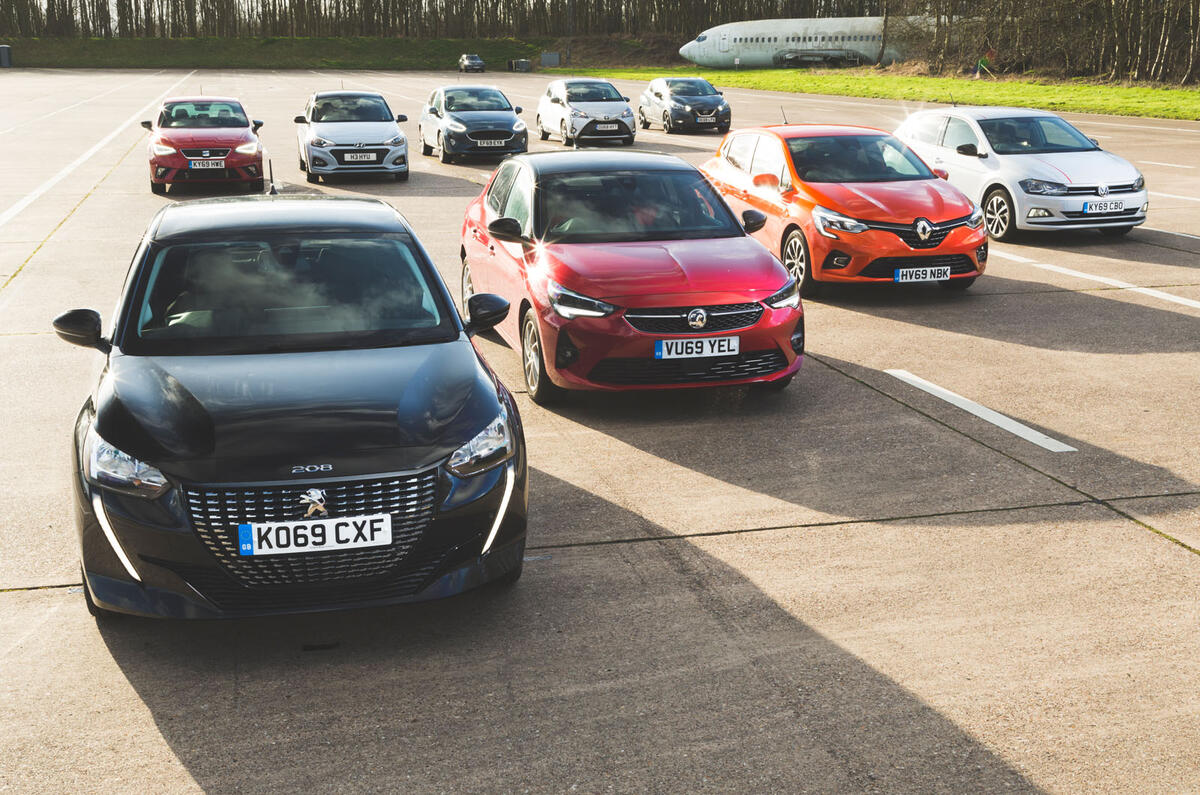Back in October, Ford triggered what felt like a seismic event in the car industry when it announced that it would stop production of the Fiesta in June next year. The shock was so great because the car has come to symbolise this country’s love of the supermini after spending 12 consecutive years at the top of the sales charts – until it was beaten last year.
Then in November, we heard from the head of the Volkswagen brand, Thomas Schäfer, that he might have to stop production of the Polo – one of the Fiesta’s biggest rivals – due to the claimed severity of the upcoming Euro 7 emissions regulations landing in 2025.




Join the debate
Add your comment
It's really frustrating to read this article from Autocar, Several years after I started banging on about this subject. They seem to have been asleep at the wheel. The point of this issue is that ordinary families will no longer be able to afford a car to drive, unless they can cough up £35,000 or so for a big expensive to run EV. 10 years ago, you could pick up a fiesta for a whisker over £10,000 after discounts had been negotiated with the salesman. This is the end of the democratisation of transport and travel, the time when public transport is inadequate and woeful and expensive. It is proper life changing stuff and such a shame that the mainstream motoring media were not raising Hell about it years ago, before it was too late.
Should have ended the post stating that just because one car from one manufacturer gets dropped doesn't mean to say the sky is falling in, oh and they missed the Skoda Fabia which they have on long term test
I don't why autocar getting going on about the death of city cars, ford have also dropped the mondeo and are dropping the focus, are those classes dead to, no, Ford might be in the car world though.
Didn't even mention the fiat 500 or Fiat Panda for 15k. There are more cars in this class than there are in the family hatchback, so what's the story.